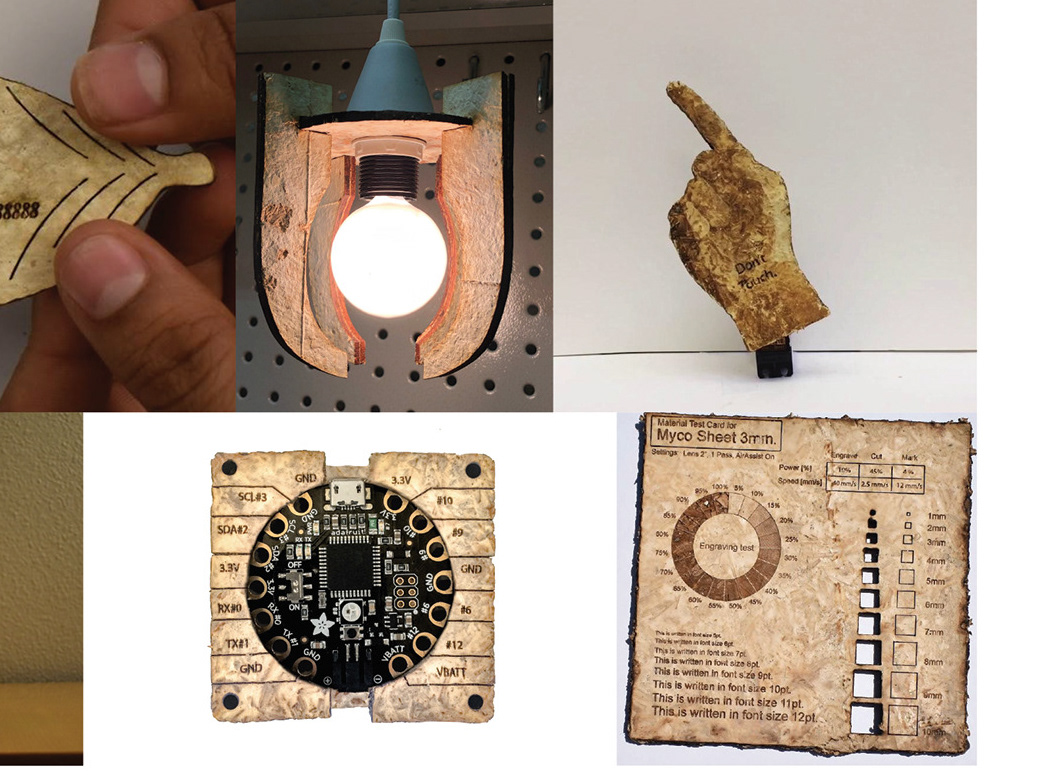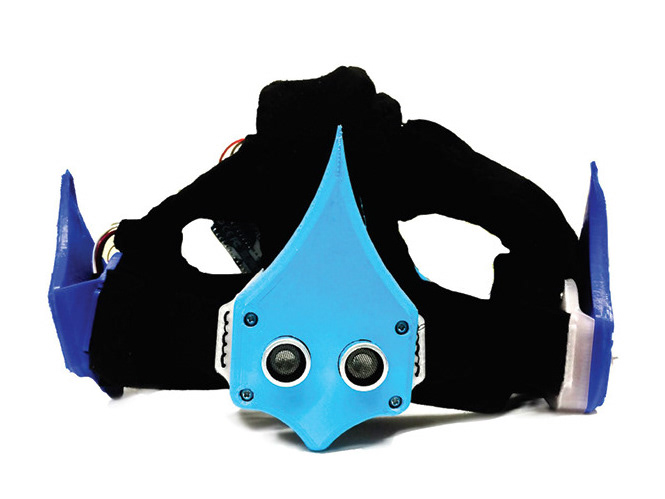BioHome: Pe Composter
This project was made for the biodesign challenge at the University of California, Davis, in 2020.
My Role
I was the user experience designer and the lead designer of the mycelium enclosure.
team
2 designers, 1 chemical engineer
Date
2020
tools
Mycelium, Photoshop, Illustrator, After-effects
Problem
Plastic is a detriment to the environment that will be here for 1000s of years. Even if we move away from plastic to a sustainable alternative, we will still be left with mountains of plastic for generations to come. The pollution caused by the plastics being made and thrown away is hidden from the consumer due to off-shore production and landfills that are far away from cities. Thus, Americans are ignorant of the gravity of the responsibility they have in separating their waste for proper mainstream waste disposal, which once again adds greater strain on the overall process.
Solution
The most impactful way to deal with the current plastic pollution is to redesign the plastic recycling system, thus tackling all the issues associated with plastic wastes, from environmental, social, to economic. Sustainable management of plastic waste starts with educating the consumer. Biohome is a plastic composting system that strives to give the user control over their plastic waste by giving them the ability to compost plastic into materials that can be reintroduced into the environment.
Audience
Biohome is meant to be introduced into a community or educational setting to encourage consumers to have an active role in waste management while learning about sustainable living, composting, and the circular economy.
Our primary audience are k-12 schools and families with children. Our secondary audiences are people who are already vermicomposting or are passionate about waste sustainability and education. These audiences were chosen due to openness to working with worms and fungi. User research found the greatest barrier to this compost system was the use of worms, as the American public finds them generally displeasing.
Project Summary
The design incorporates biological organisms like mealworms, waxworms, and oyster mushrooms to break down plastic that are compartmentalized into three separate units. Each organism is shown to be specialized in degrading specific plastic materials and thus by compartmentalizing the organism, each individual one will be able to efficiently degrade their respective plastic waste. In addition, the separate units allow our users to customize their composting unit based on their recycling needs and ability to care for the organism.
Animation about Plastic
This is a creative short video about issues with plastic that I made.
Product Poster
Exhibition Proposal
Process
Notes for the final version of the mycelium enclosure
The largest change was the decision to make the enclosure cylindrical and have the mycelium live underground. This was an important development as it keeps the mycelium at its needed temperature as ground temperature generally remains consistent, (n/a to snowy conditions).
Previous iterations of the mycelium enclosure
The design originally included compartments for ultraviolet light and a mechanical grinder to make it easier for the mycelium to consume it. However, those two aspects would significantly increase the costs of the enclosure as well as consume a not insignificant amount of power. The user can clean the plastic with soap, water and isopropyl alcohol as well as cut up the plastic on their own. This then cuts down on costs and removes the need for the product to rely on power. Lastly, this version did not factor temperature requirements for mycelium.


